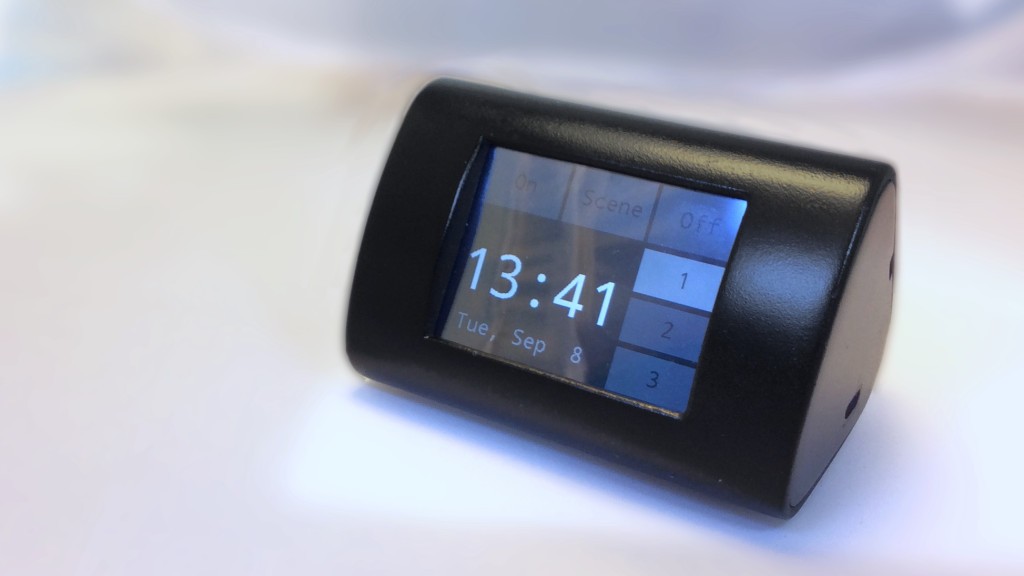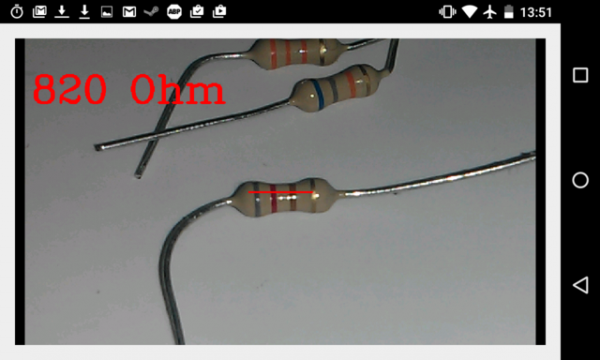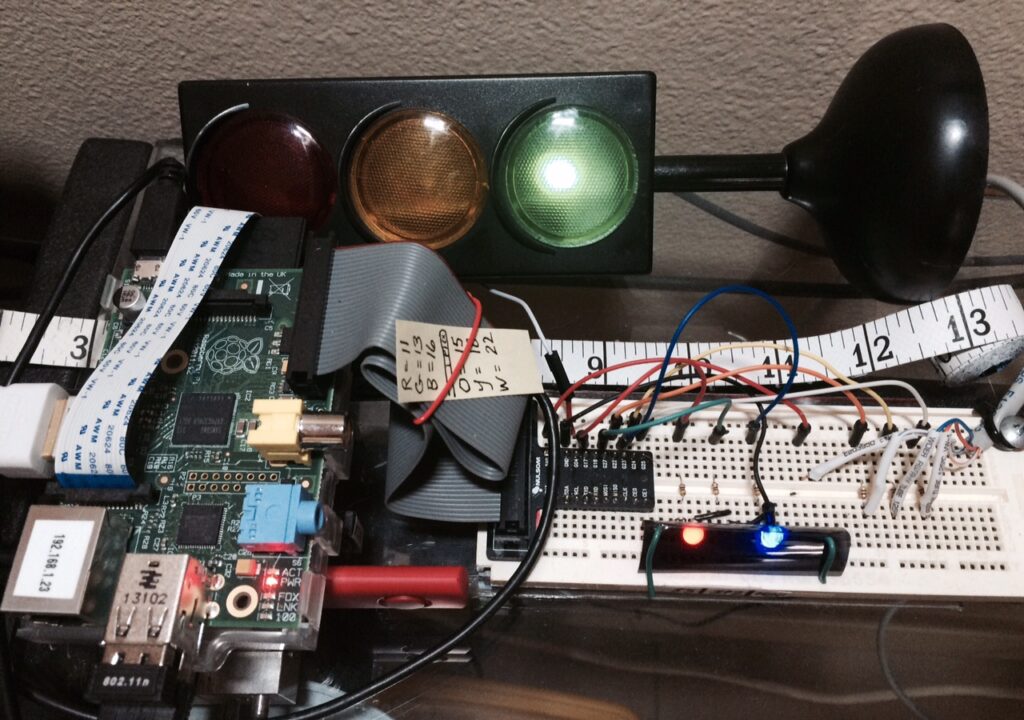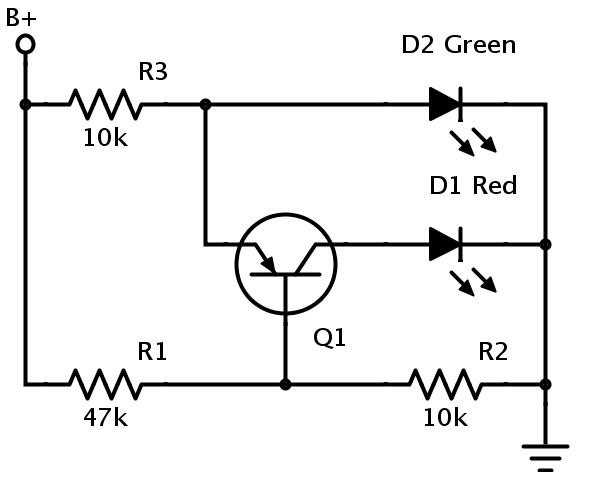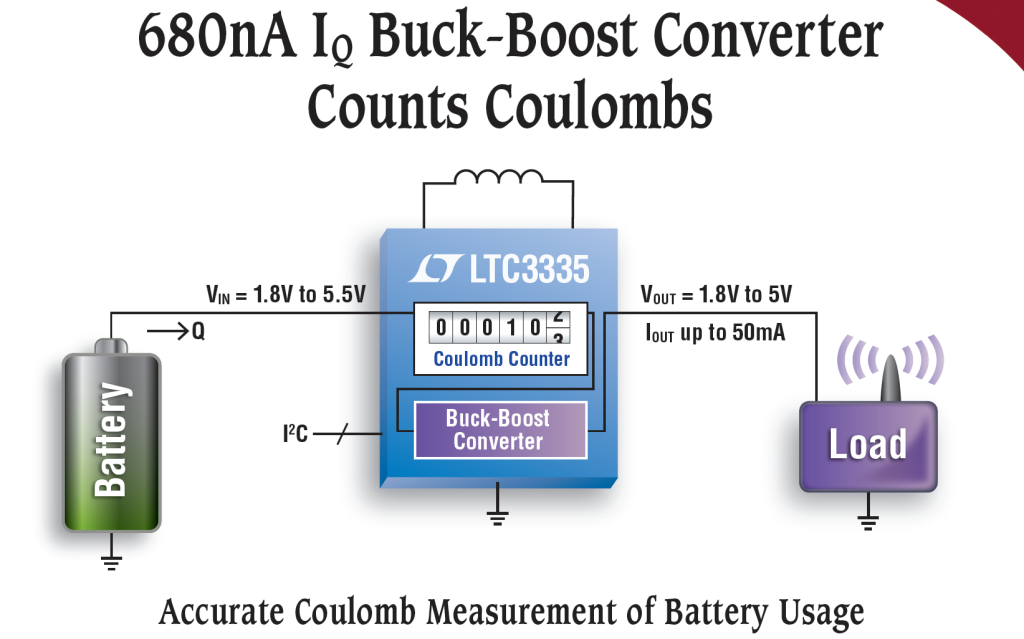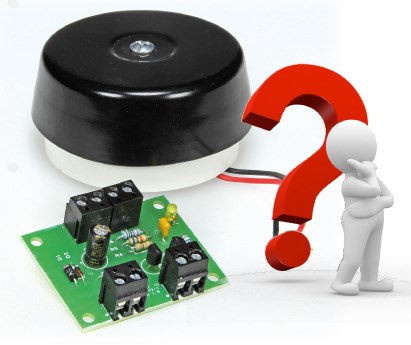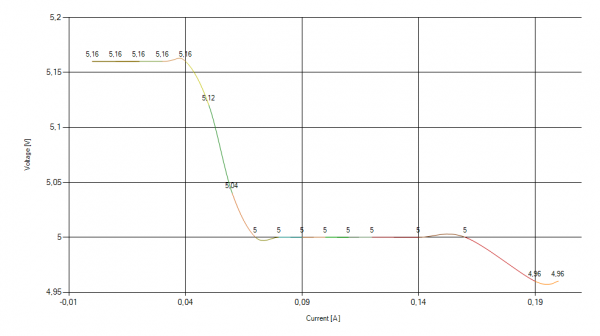The electronics trend in automotive is continuously rising due to the demand in the market. The technological developments are now into embedded system in which the manufacturers are developing products that suits to the needs of the people. In this design, it features a automotive lighting control using an MCU with S12 CPU core, 25 MHz bus and up to 240 KB on-chip flash with Error Correction Code (ECC). The timer interface module (TIM) supports up to eight channels that provide a range of 16-bit input capture, output compare, counter and pulse accumulator functions. The on-chip SRAM is up to 12KB while 240KB for flash and 4KB for EEPROM.
The design is comprised of S9S12G240F0CLF 16-bit microcontrollers that serves as the host of the automotive lighting control. It directly communicates with MC10XS6325EK high side driver for the halogen lamps and LEDs that are used in the automotive lighting module. The capacitors connected to VBAT improve emission and immunity performances the same case on VCC while the one connected to CP is charge pump tank capacitor. The capacitor that are connected to OUT1 to OUT5 are for sustaining ESG gun and fast transient pulses that improve emission and immunity performances while the one connected to OUT6 is for sustaining reverse battery voltage. The resistors closed to CSNS pin are for output current sensing and low pass filter removing noise while the ones connected to SYNCB and smart power CSNS are pull-up resistors for the synchronization of A/D conversion. The watchdog timer IN1 to IN4 resistors helps to withstand high voltage. The 20V zener diode and a regular diode are used for the protection of the entire system from possible voltage transients with load or no load while the 5V zener diode is used to ensure 5V supply for the MCU and other components that operates within that range of voltage.
This design is also applicable to space-constrained applications, body controllers, door modules, HVAC, smart actuators, and some related industrial controlling applications with only few external components needed for modifications. It is also a good choice for automotive technological developments and experiments. Since it is targeted generic automotive applications and some intensive applications, therefore it is durable compared to a regular MCUs.
Basic Automotive Lighting Control with MCU – [Link]




